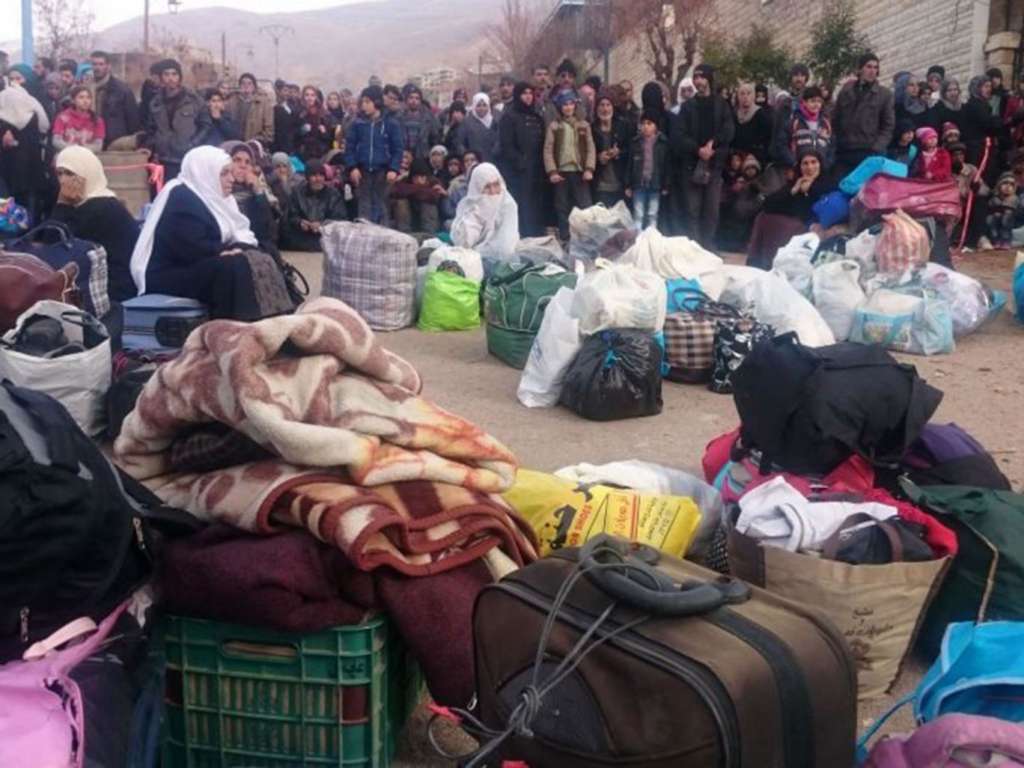Nearly 90 people have died from starvation and other causes during a year-old siege of the Syrian town of Madaya, where residents have been trapped without supplies, Reuters reported two medical organizations stating on Tuesday.
Bashar al-Assad regime forces and allies have surrounded Madaya since July 2015 as part of Syria’s six-year civil war, and the town of 40,000 people came to symbolize suffering after photos of emaciated children and reports of residents forced to eat leaves emerged this year.
Sixty-five people have died from malnutrition and starvation in Madaya in the past year, according to a report by the U.S.-based Physicians for Human Rights and the Syrian American Medical Society (SAMS).
Another 21 people died from landmines, sniper fire and a case of a chronic health condition, according to the report’s list of deaths attributed to the siege.
The two organizations called for an end to sieges across Syria and for allowing access to aid convoys.
“Those who have perished in Madaya could have been saved if they’d had enough food, medicine, and other critical medical supplies,” Ahmad Tarakji, president of SAMS, said in a statement.
Five aid convoys have reached the town, located near Damascus, over the last year, according to the report.
However, regular access has not been possible, according to the United Nations.Some Madaya residents have symptoms of tuberculosis, measles, typhus fever, tuberculosis and hepatitis A, and malnutrition is causing some to display symptoms of kwashiorkor, a condition characterized by a distended belly, the report said.
A veterinarian and two dentistry students have been staffing the town’s only health facility, a field hospital, according to the report.
“Doctors in Syria’s besieged areas are reporting diseases they’ve never seen, medical emergencies that only happen in places with severe famine,” said Elise Baker, a staff member of Physicians for Human Rights who was among the report’s lead authors.
According to the U.N., nearly 600,000 people live in 18 areas across Syria that are effectively under siege and are in dire conditions.
